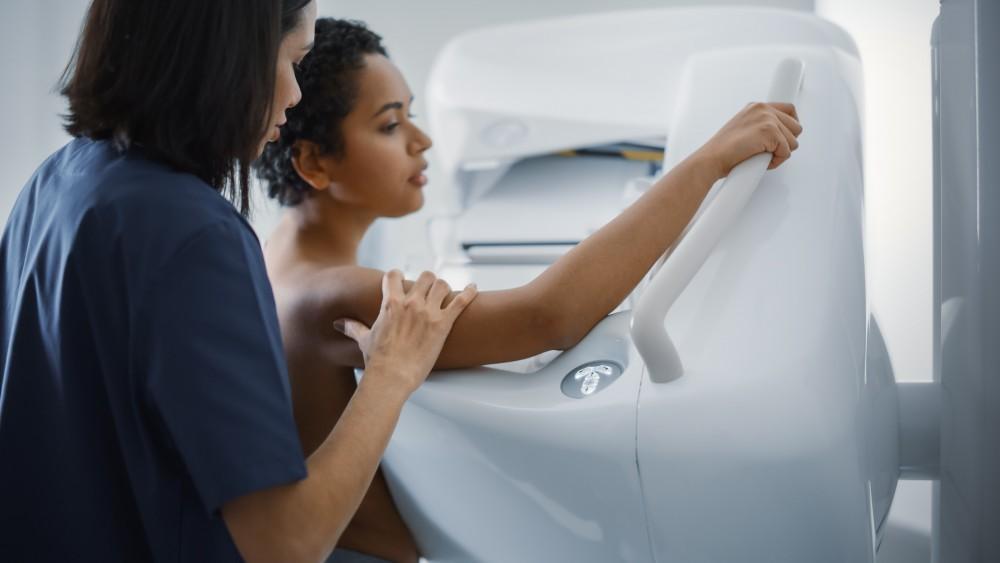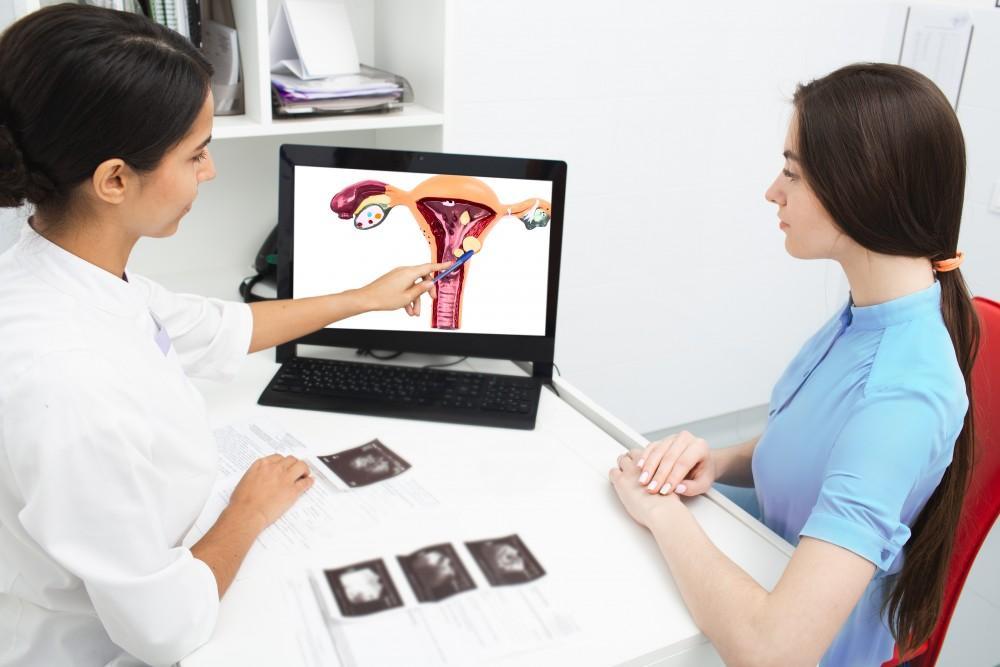
What to Expect From Your First 3D Mammogram
A mammogram is an X-ray of your breasts. It’s the best way to identify early...
Read MoreBreast cancer is the second-most common type of cancer in women. Every woman’s risk of breast cancer is different, but early identification makes treatment more effective — and mammograms are the best way to detect those early signs of cancer.
Mammograms are breast X-rays. Most women should have their first mammogram around the age of 45, but if your risk of breast cancer is higher, you may benefit from earlier screenings.
If you’re scheduled for your first mammogram, you might be wondering what to expect. They’re an important diagnostic tool to identify breast cancer as early as possible, but maybe you’re worried about the results you might get. Or maybe you’ve heard that the X-rays are painful.
Our team at The Women’s Center is here to put your mind at ease. We specialize in mammograms, and it’s time to learn more about the process from start to finish.
There’s nothing special you need to do to prepare for your mammogram, but there are a few things that could make your screening easier. You’ll need to undress from the waist up, so dressing in pants or a skirt (instead of a dress or jumpsuit) might be more convenient.
Some women find that their breasts are more tender and swollen in the weeks before and during their menstrual periods. If you have the option, consider scheduling your mammogram during a time when your breasts are less tender.
When you arrive for your mammogram screening, our team reviews your health history and answers any questions you might have. If you’ve noticed any changes in your breast health, now is the time to tell us.
At The Women’s Center, we perform both screening and diagnostic mammograms. If it’s your first mammogram, you’ll probably have a screening mammogram that takes just a few images of each breast.
If you have a breast abnormality, pain, or other symptoms, a diagnostic mammogram is more detailed. This mammogram takes more time, because your technologist takes additional X-ray images.
You need to remove all your clothing from the waist up for your mammogram, and our team gives you a gown or a wrap to wear. Your X-ray technologist asks you to stand in front of the machine, and they position your breasts for the screening.
Your technologist captures images of one breast at a time. They place one breast on the mammogram machine’s plate, and another plate lowers to compress your breast. Your breast remains compressed for just a few seconds as your tech takes X-ray images.
Many women find this compression uncomfortable, and for some, it can be painful. It lasts only a few seconds, but be sure to tell our team if it hurts.
Once we collect images of the first breast, you move positions and we repeat the process with the second breast. Your mammogram takes about 20 minutes from start to finish. As soon as it’s done, you can dress and return to your normal activities when you leave our office.
Our team reviews your mammogram images following your screening. The time it takes to get your results may vary, so you can ask your technologist when you can expect to get them.
If your results are normal, our team schedules your next screening in about a year. If your results are abnormal or if you have dense breasts, you may need additional testing. Our team walks you through your results so you know what to expect.
The thought of getting a mammogram can be scary, but it’s an essential part of a woman’s health care. To find out if it’s time to have your first mammogram, schedule a consultation at The Women’s Center. Call our Hunter’s Creek office in Orlando, Florida, at 407-487-2167 or contact us online.




A mammogram is an X-ray of your breasts. It’s the best way to identify early...
Read More
About 1 in 10 women has ovarian cysts. These small growths form on your ovaries,...
Read More
If you and your partner have decided you’re ready to start growing your family, you’re...
Read More